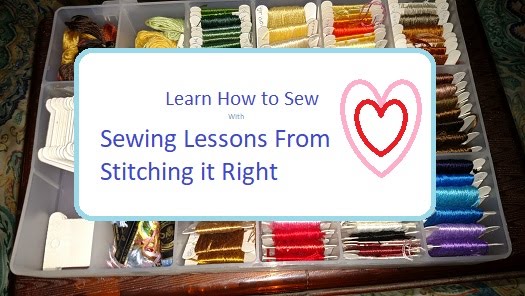I'm proud to partner with Fabric.com to share these beautiful holiday fabrics with you...
Tis’ the season for DIY gifts, and Fabric.com has everything you need to get started on your next project. Whether you’re quilting, sewing Christmas pajamas or making festive accent pillows, Fabric.com has the perfect print and material to get you started.
Need some inspiration? See what others have created using the #madewithfabric hashtag, or by visiting the Fabric photo gallery.
Here are a few of our favorite holiday patterns!
Minky Classic Plaid Red
This Minky fabric comes in yellow, blue, green and red. Its softness makes it perfect for baby accessories, blankets, throw, pillows or stuffed animals.

Holiday Flourish Metallics Ornaments Black
This lightweight cotton fabric is perfect for home décor projects, quilting or apparel for the holidays. The print features poinsettias and metallic accents and includes hints of black, grey, various shades of green, various shades or red, golden tan and metallic gold.

Michael Miller Holiday Funky Christmas Yule Trees Santa
This whimsical pattern is not your typical holiday fabric! Enjoy a funky twist with fuchsia, green, pink and lime on a white background. Perfect for projects that bring a fun, modern update to the holidays.

Scandi 3 Reindeer Heads Linen
This 100% cotton fabric features white reindeer heads with red noses and is perfect for the Rudolph fans in your life! The simple yet fun pattern is perfect for small crafts, pillows, holiday stockings and more.

Tis’ the season for DIY gifts, and Fabric.com has everything you need to get started on your next project. Whether you’re quilting, sewing Christmas pajamas or making festive accent pillows, Fabric.com has the perfect print and material to get you started.
Need some inspiration? See what others have created using the #madewithfabric hashtag, or by visiting the Fabric photo gallery.
Here are a few of our favorite holiday patterns!
Minky Classic Plaid Red
This Minky fabric comes in yellow, blue, green and red. Its softness makes it perfect for baby accessories, blankets, throw, pillows or stuffed animals.

Holiday Flourish Metallics Ornaments Black
This lightweight cotton fabric is perfect for home décor projects, quilting or apparel for the holidays. The print features poinsettias and metallic accents and includes hints of black, grey, various shades of green, various shades or red, golden tan and metallic gold.

Michael Miller Holiday Funky Christmas Yule Trees Santa
This whimsical pattern is not your typical holiday fabric! Enjoy a funky twist with fuchsia, green, pink and lime on a white background. Perfect for projects that bring a fun, modern update to the holidays.

Scandi 3 Reindeer Heads Linen
This 100% cotton fabric features white reindeer heads with red noses and is perfect for the Rudolph fans in your life! The simple yet fun pattern is perfect for small crafts, pillows, holiday stockings and more.


